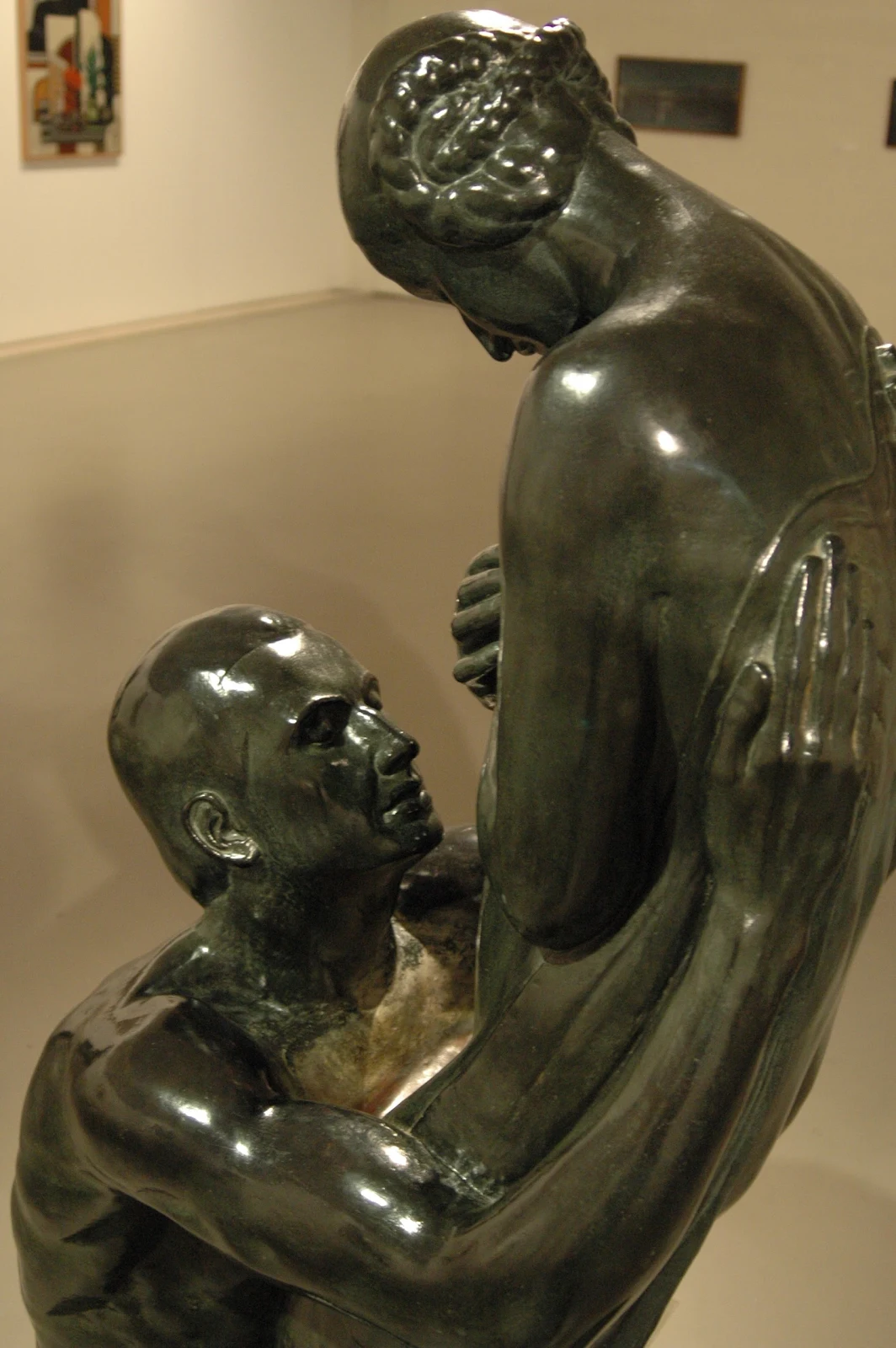John Haag is a professional artist whose work has been described as a fusion of impressionism and realism. Specializing in oil and charcoal, Haag began painting at the age of 18 and selling his work at age 21. He had his first solo show at age 24 in Park City, UT. Working primarily as a portrait artist in his early career, Haag’s work can be found in private collections throughout the US and has been commissioned by many prominent Americans, including the late world renowned author/speaker Steven R. Covey.
Home » Tutti i post

John Haag, 1980 | Realist / Impressionist painter

Rainer Maria Rilke ~ Do not be afraid, it’s me / Non aver paura, sono io..
William Zorach (1887-1968) Spring in Central Park, 1914
You do not feel that I infringe on you,
with all your senses?
He put wings, my heart,
and now, white flies around your face.
Do not you see my soul before you,
adorned with silence?
And my prayer of May,
not ripe to your eyes, like a tree?
If you dream, I’m your dream,
but if you’re awake, I am your will;
master of all glory arch my silence starry

Max Streckenbach | Floral still life painter
Max Theodore Streckenbach (1863-1936) was born in Eckernförde, Germany on May 18, 1863 to Udo Streckenbach and Marie Wiebke. Streckenbach was the son of a pharmacist and, as such, was sent to study medicine after finishing high school at Schleswig Catholic School (1876-1885).
He studied medicine in Munich, Berlin, Rostock, Kiel and Bern, Switzerland before returning to his home town of Eckernförde.
His fondness for botany led him to take lessons from his role model, the French painter Fantin-Latour.

Ernesto Canto da Maia | Symbolist sculptor
Ernesto Canto da Maia (1890-1981) was born in 1890 at Ponta Delgada (São Miguel island, Azores) in the midst of a wealthy family. In 1907, after graduating at high school, he leaves to Lisbon and enrols at the Drawing Class of the Fine Arts School, having Ernesto Condeixa, José Luís Monteiro and José Alexandre Soares as teachers. In 1912, he participates at the I Portuguese Caricature Exhibit with a set of small statuetes which criticize the frivolity of life at the cities.

Axel Törneman | The father of Swedish Modernism
Johan Axel Gustaf Törneman (28 October 1880 - 26 December 1925) was one of Sweden's earliest modernist painters. Born in Persberg, Värmland, in Sweden, he grew to work in several modernist styles, was one of the first Swedish expressionist artists, and became a part of the international avant-garde in art after embracing more abstract art styles in Germany and France that were evolving there during the early 1900s. He created his most famous paintings, Night Café I and II, and Trait, in France in 1905. These night café paintings, made from studies in the Place Pigalle, and in other nightclubs popular with artists such as Café du Rat Mort (Dead Rat Café), are seen as two of Swedish modernism's most important works, and are considered breakthrough work of Swedish modernism.
Iscriviti a:
Post (Atom)








